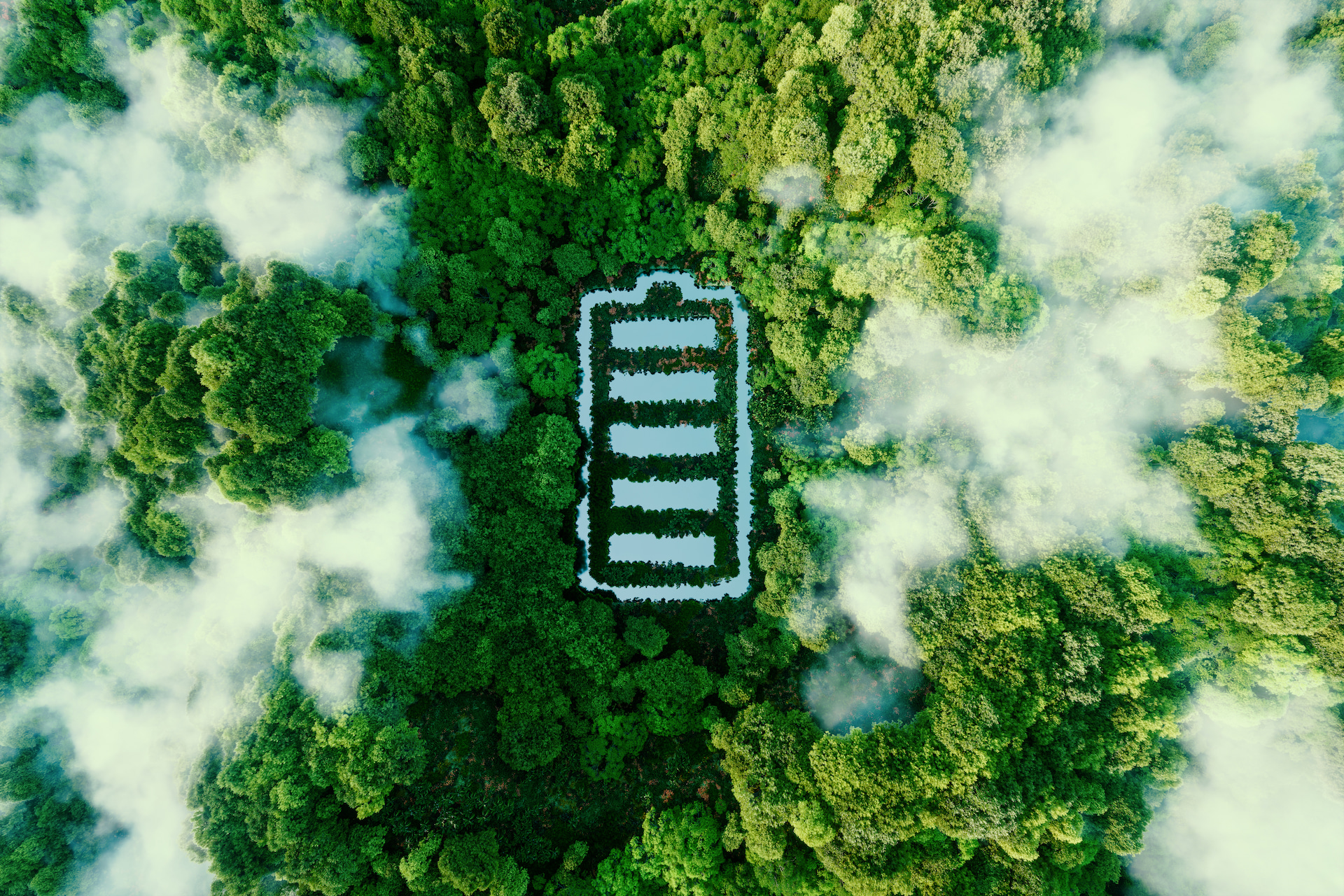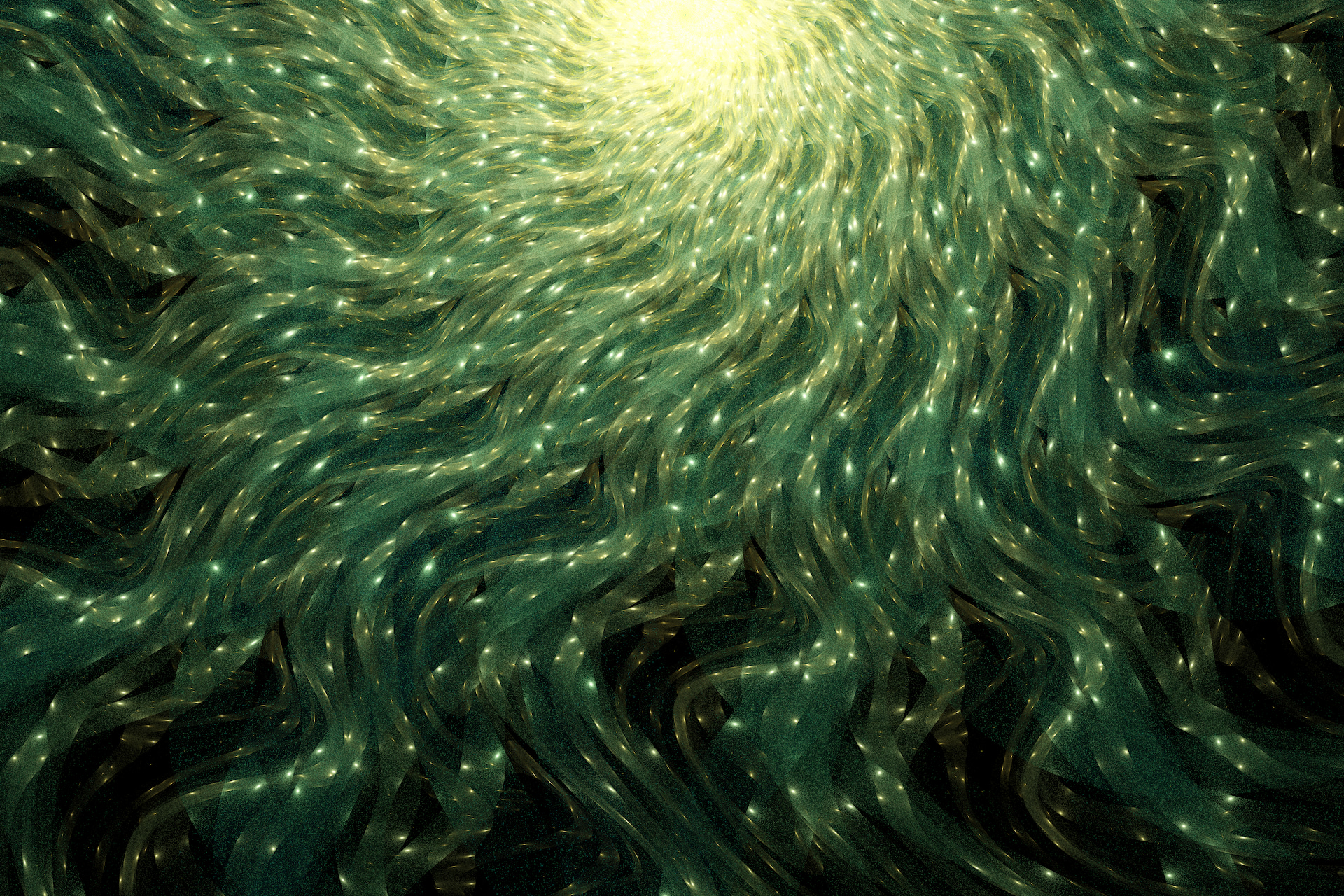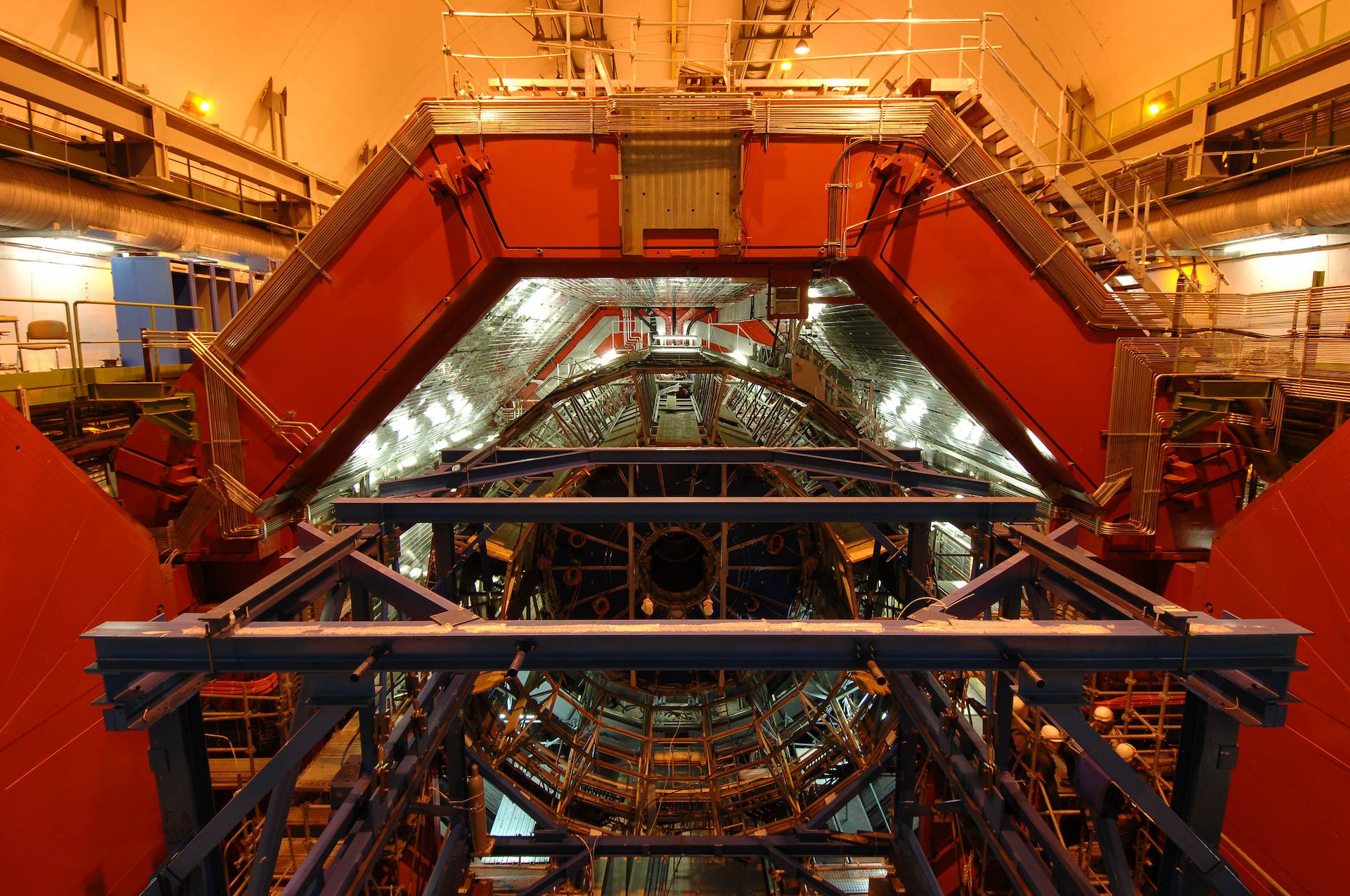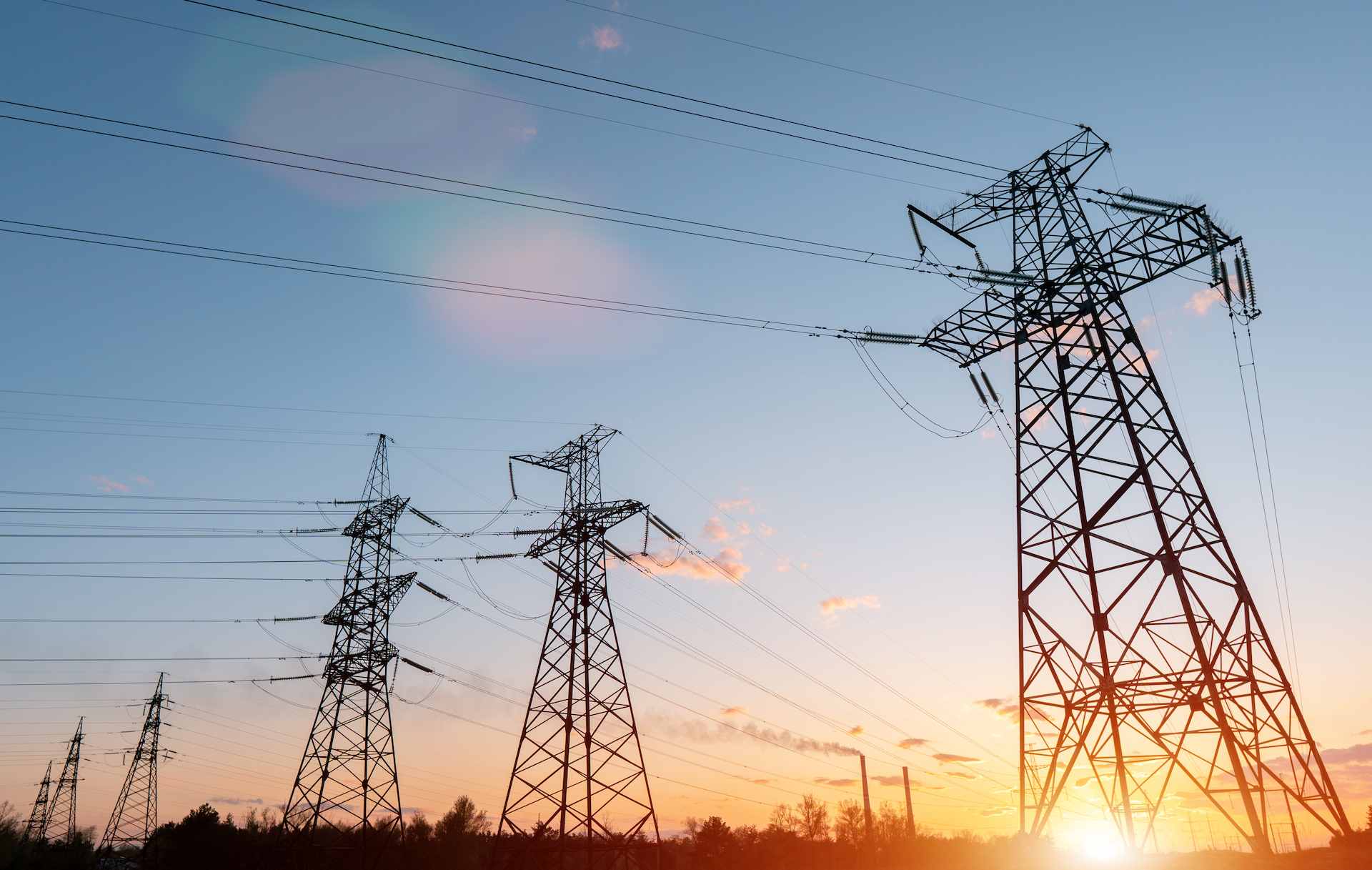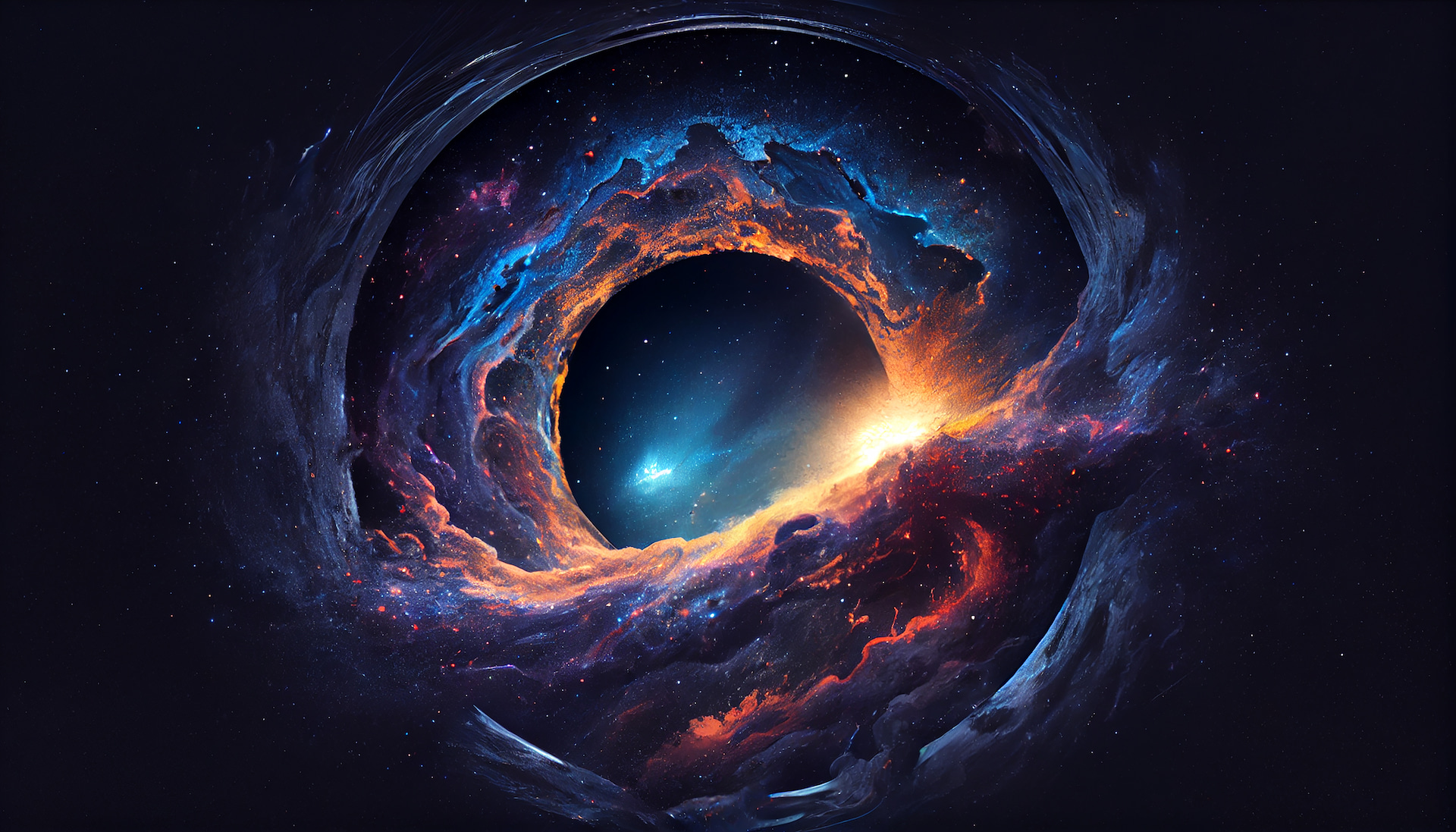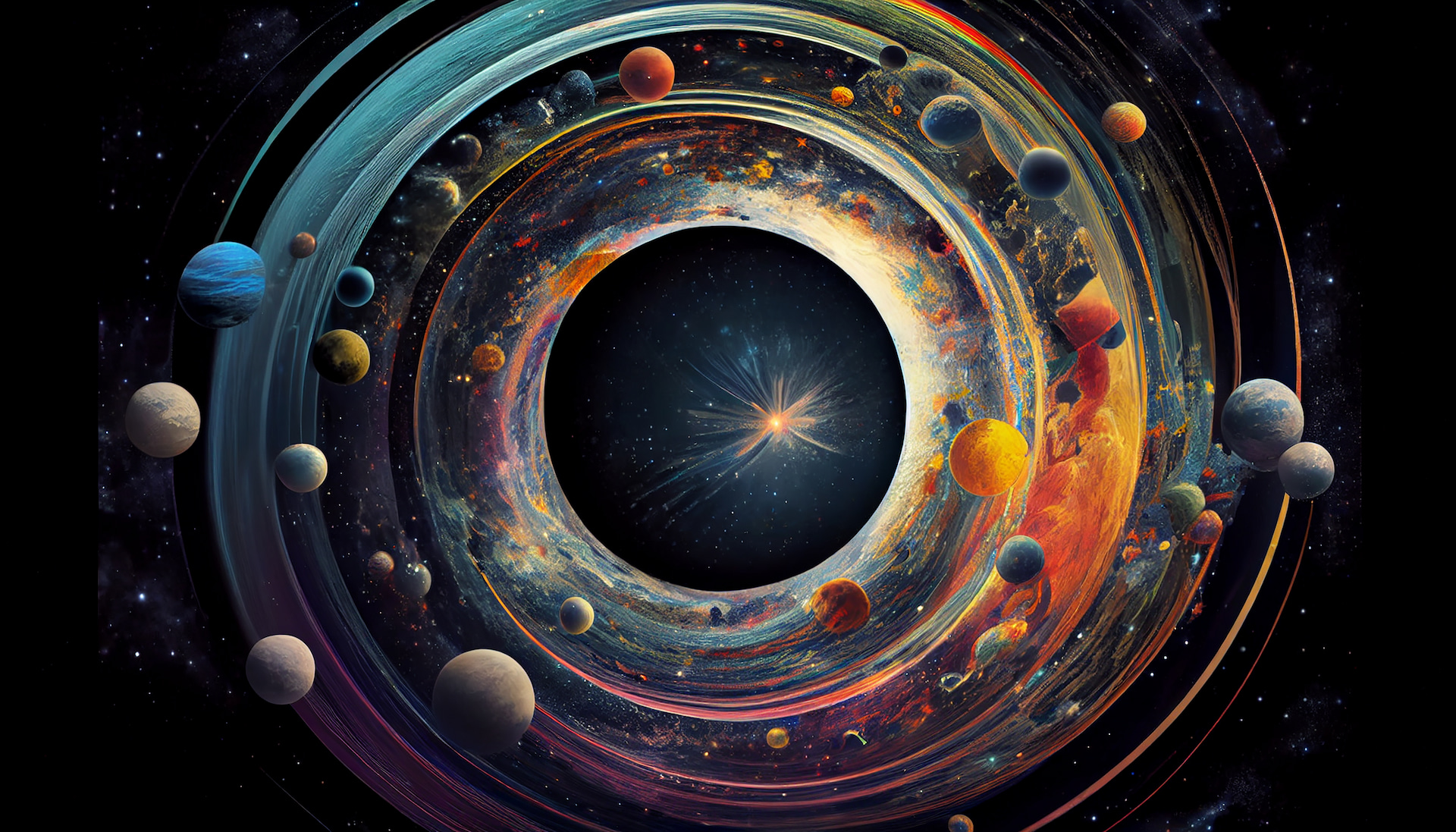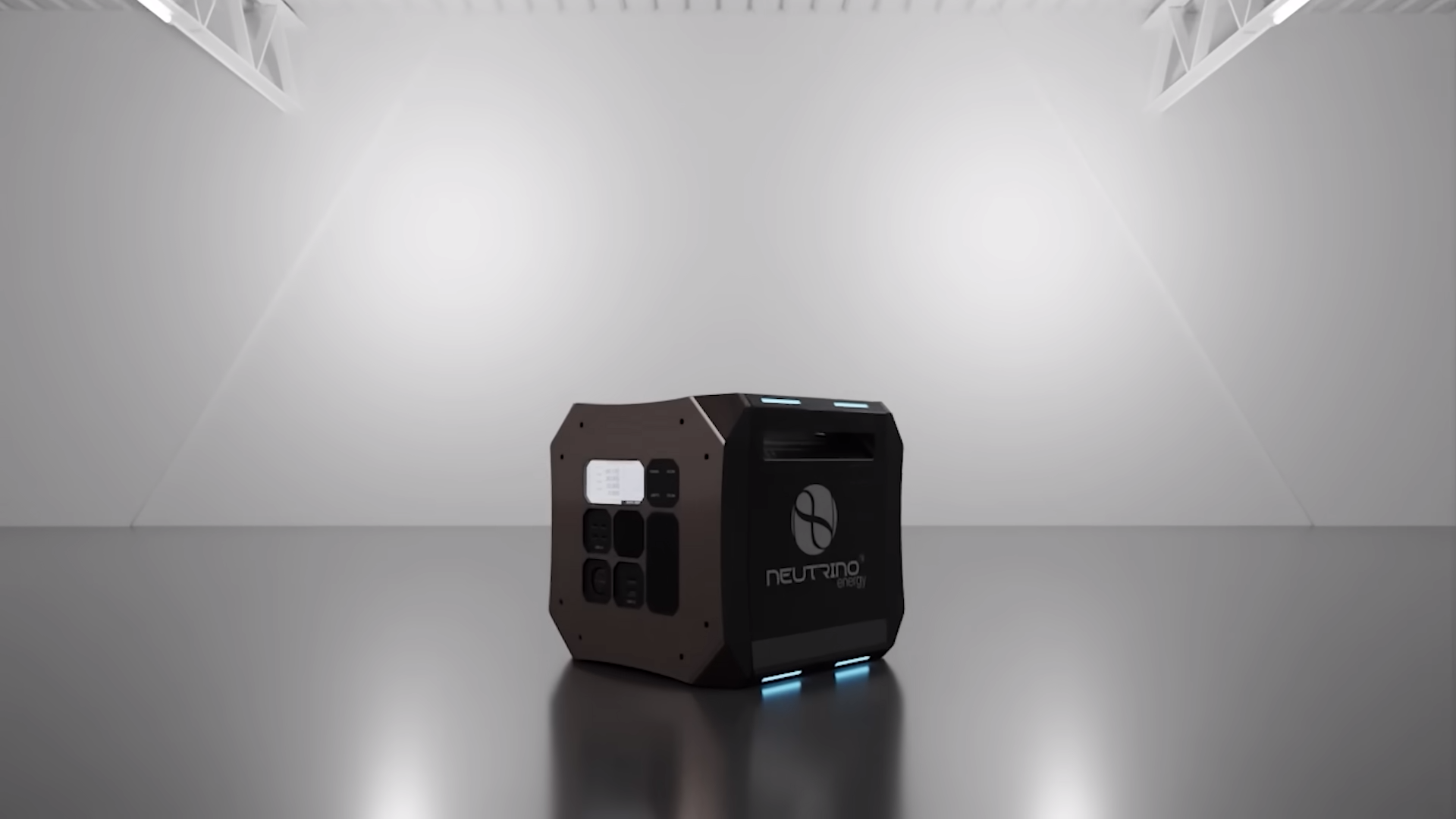In an age where the diminishing resources of our planet create an urgent cry for change, the search for innovative and sustainable energy solutions has never been more crucial. The bustling city streets filled with roaring engines, the towering smokestacks puffing away, and the insatiable demand for fossil fuels have become defining symbols of a society that teeters on the brink of environmental collapse. It's here, on the precipice of uncertainty, where a shimmering beacon of hope emerges—a hope encapsulated by the very essence of an almost mystical phenomenon that transcends our understanding of energy: neutrinos.
